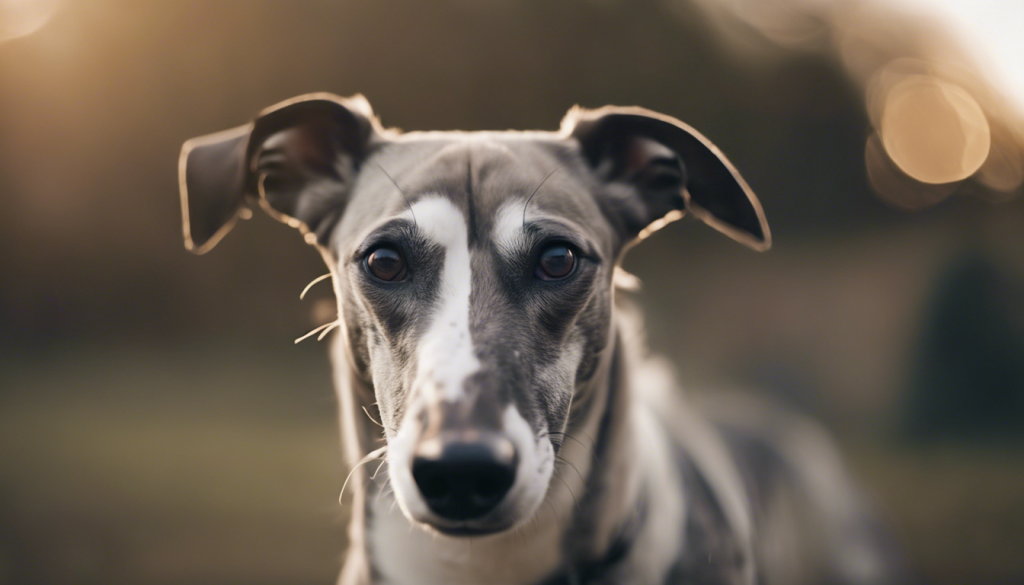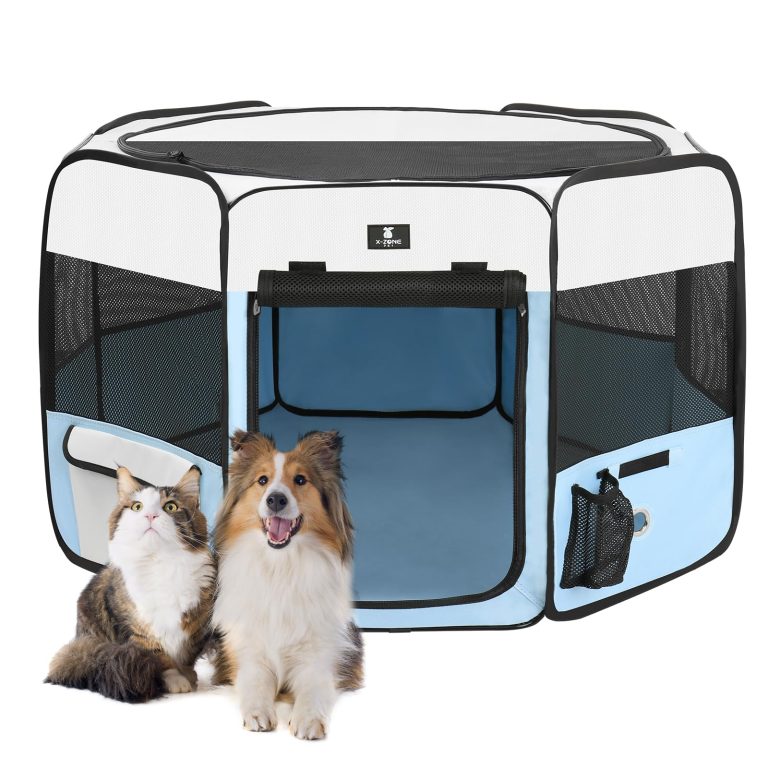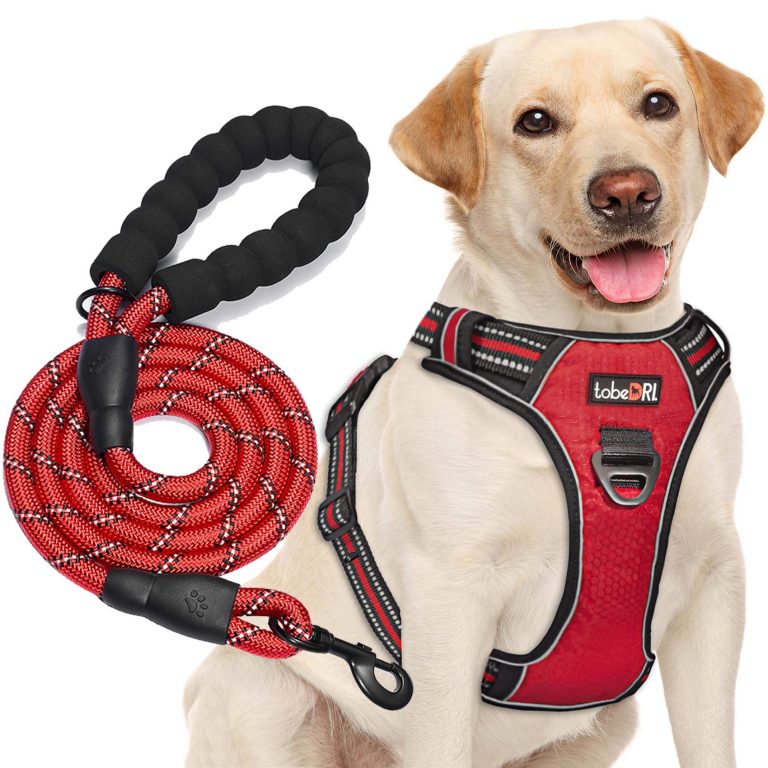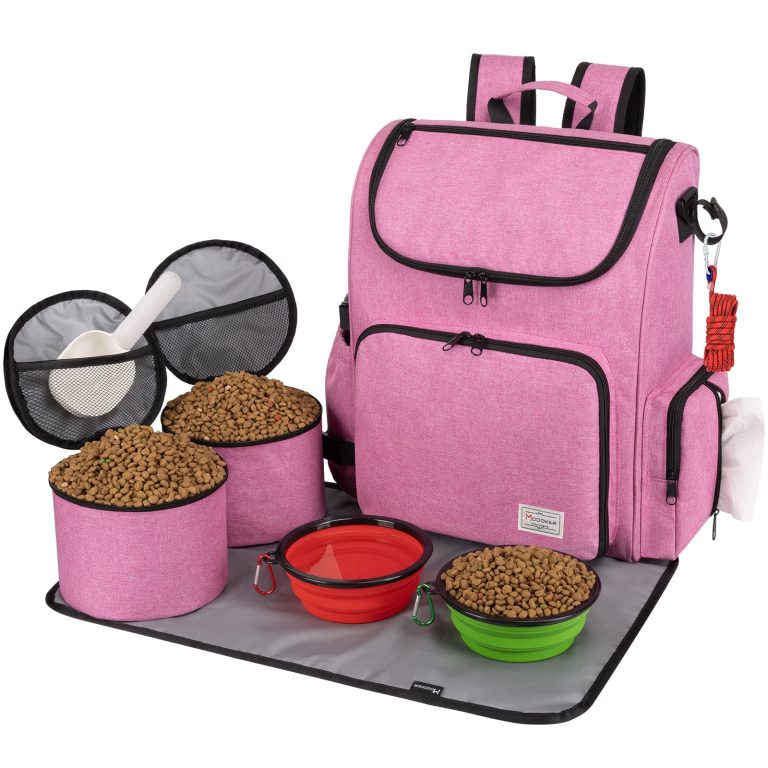Handling Aggression in Dogs – Understanding the Triggers
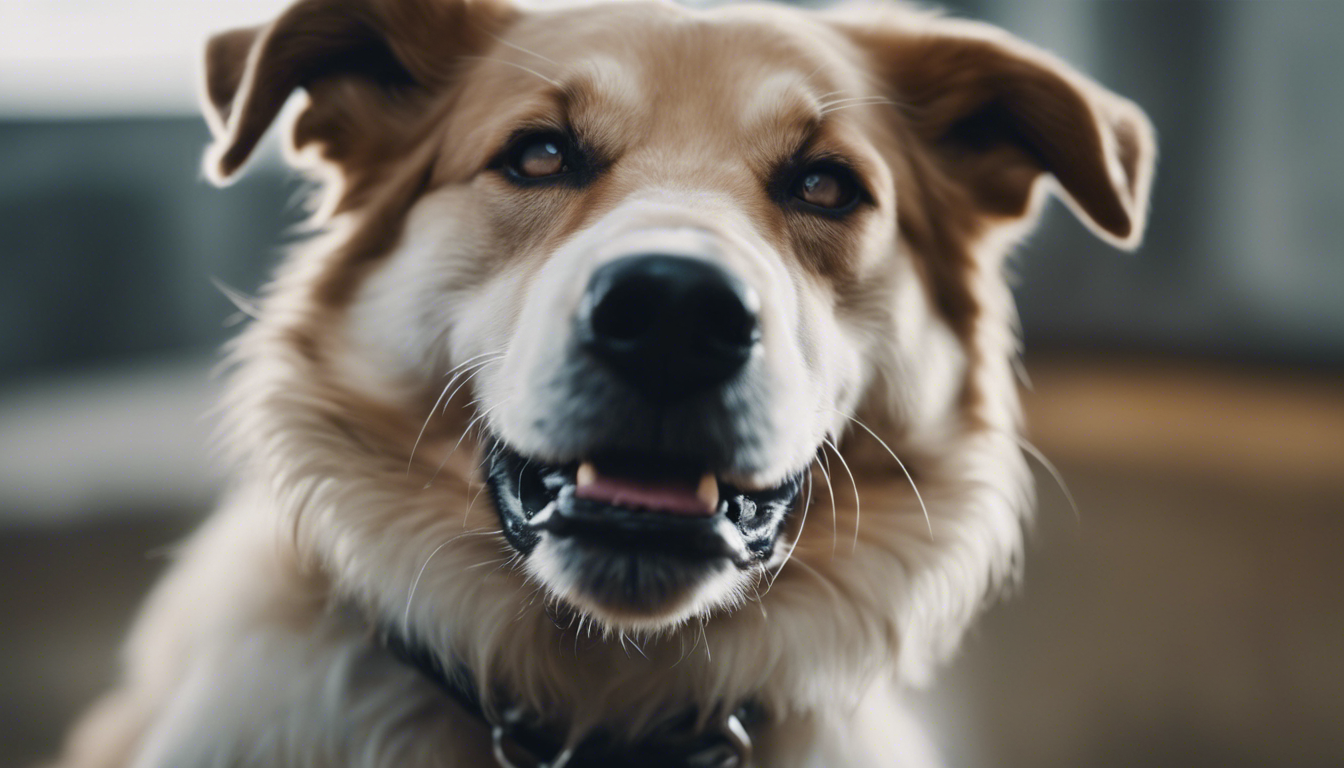
Identifying Common Aggression Triggers in Dogs
When it comes to our four-legged friends, it is important to remember that growls and barks are more than just noise—they’re communication. While Fido might seem to be aggressive out of the blue, there’s often a trigger that could be causing this defensive behavior. Let’s dive into what could be setting your dog off.
Fear is a biggie when it comes to aggression. Just like us, when dogs feel cornered or scared, they may lash out. It’s kind of their way of saying, “Back off, buddy!” Then, there’s the resource guarding—when dogs get a tad too attached to their stuff. It could be their favorite squeaky toy or even the bowl they munch from. When another pet (or sometimes a human) gets too close, they might give a not-so-friendly warning snip.
Let’s not forget personal space—yep, dogs have their own bubble too! If they feel their space is invaded, they can get snappy. And if we’re missing their hints to back off, they might feel the need to be more, well, persuasive. Pain or discomfort can also be behind those snarls and snaps. Just like us, when dogs are in pain, they might not be in the mood for cuddles or play, making them more prone to agitation.
Social tensions can heat up canine interactions—dogs have their own complex social dynamics and sometimes, just like with people, they clash. This can especially be the case when multiple dogs are vying for social status within the home or during encounters with other dogs on their turf. Recognizing these triggers isn’t just about keeping the peace—it’s about understanding our furry friend’s needs and emotions so we can help them feel secure and happy as part of the family pack.
The Role of Breed and Genetics in Canine Aggression
While it might be easy to cast a suspicious eye at certain breeds when discussing dog aggression, the interplay of breed and genetics in this behavior can be more complex and nuanced than the stereotypes suggest. The truth is, any dog can exhibit aggressive behavior, and breed alone doesn’t dictate temperament. However, genetics can indeed play a role in predisposition—not destiny—when it comes to potential aggressive responses.
Different breeds were developed for various purposes throughout history, and some, like guard dogs or herding dogs, were selectively bred for traits that may encompass protective aggression or strong-willed behavior. For instance, a herding dog may nip to control livestock, while a guard dog might be more prone to bark and stand their ground. It is important to remember that these behaviors are not inherently “bad,” but instead natural expressions of the tasks they were bred to excel at.
Knowing the history of your dog’s breed can, therefore, offer insight into their behavior. Of course, responsible breeding practices are crucial; good breeders work diligently not just on physical attributes of their dogs but also on fostering stable temperaments. Puppies should be socialized from an early age—a practice that helps them learn how to interact with other dogs and humans without resorting to aggression out of fear or uncertainty.
It’s essential for pet parents to thoroughly research and understand their dog’s breed characteristics. This knowledge can guide proper training techniques tailored to the genetic traits of the pup. And just because a dog has a lineage that includes breeds known for assertiveness or protectiveness doesn’t mean that they’re destined to display aggression. Environment, training, and socialization play significant roles in shaping a dog’s personality.
For example, if you adopted a breed with a strong personality, you’ll want to commit to consistent and firm but loving training from puppyhood. Reinforce good behavior with treats and praise, and redirect or gently correct unwanted behaviors. These practices can make a world of difference in preventing aggression. It’s the balanced mix of nature and nurture that ultimately shapes our canine companions.
No matter the breed, however, every dog is an individual. Some might inherit more jumpy genes from their lineage, while others are even-tempered despite their ancestors’ backgrounds. It goes without saying that love, patience, and proper training are key ingredients to a well-adjusted pet—traits any dog can develop with the right care and commitment from their human pack.
Environmental Factors and Stressful Situations
Imagine if your daily routine got flipped upside down without a moment’s notice—you’d be pretty stressed, right? Our pooches feel the same when unpredictability invades their lives. Dogs cherish a stable routine, and when it changes suddenly, it can become a recipe for anxiety and resulting aggression. It’s like when Fido expects his walk at 7 AM sharp, and suddenly it’s pushed to the afternoon—he’s thrown off, stressed, and left wondering what in the world is going on.
But it’s not just routine changes that can lead to Fido feeling frazzled. A new environment can also be a huge stressor for dogs. Moving to a new home? Different smells, sights, and sounds can make Fido feel like he’s on an episode of “Survivor.” And don’t even get me started on those loud fireworks or thunderstorms—these can send even the bravest of pups into a tizzy, often resulting in attempted escapes or aggressive behaviors as they try to defend themselves against these invisible threats.
On top of that, handling and restraint can be really stressful, too. Have you ever tried to hug a wriggly toddler who’s having none of it? That’s how some dogs feel about being hugged, held, or confined. They might tolerate it from their beloved humans, but push them too far, and they might snap—not out of malice, but out of a desperate need for their personal space.
We also have to talk about what I like to call the “stranger danger” stress factor. Whether it’s a new pet or a human, strangers can be pretty intimidating. Imagine some rando coming up and getting in your personal bubble—it’s uncomfortable, right? Our four-legged pals can feel threatened by unfamiliar faces, and their go-to response may be to show teeth or growl to say, “Hey, I don’t know you—back off!”
Last but not least, excessive punishment can leave dogs living on edge. Negative training methods or harsh scoldings can erode Fido’s trust in humans, making him more likely to react aggressively out of fear. We all know positive reinforcement is the way to go. Swap out that “No!” with treats for good behavior and watch as your canine buddy turns into a well-behaved sidekick.
Understanding these environmental triggers isn’t just about dodging toothy encounters; it’s about making your fur-baby feel safe and secure. As a pet parent, your mission (should you choose to accept it) is to incorporate kindness and predictability into pet parenting, reduce stressful situations where possible, and gently guide your pooch through the ones you can’t avoid with loads of patience and reassurance.
Communication and Body Language Cues in Aggressive Dogs
Dogs are incredibly expressive, and since they can’t exactly tell us how they’re feeling in words, they rely on a rich tapestry of body language to communicate. When it comes to aggressiveness, there are certain behaviors and cues that serve as critical signals warning us of their discomfort or intent.
Let’s start with the eyes—a window into Fido’s emotions. A direct, unblinking stare can be a challenge, a sign that they feel threatened and are standing their ground. You might notice the whites of their eyes (‘whale eye’) are more visible when they’re anxious. This can occur when they’re guarding their food or when approached too closely by other dogs or humans.
Ear positioning is another tell-tale sign. When ears flatten against the head, it might be cute on some occasions, but it can also indicate that your pooch is afraid or feels threatened. Conversely, if ears perk up or move forward, it’s like them putting their dukes up, ready for whatever comes next.
What about the rest of their body? Well, if the hair along their back stands up—known colloquially as ‘raising their hackles’—take note. This piloerection is an involuntary response, similar to our goosebumps, and is a sign of arousal associated with fear or aggression.
A stiff, rigid posture can suggest your pup is in a heightened state of alertness. It’s like they’re winding themselves up, potentially to lash out.
If you see a dog repeatedly licking their lips or yawning, these aren’t signs of a relaxed pooch getting ready for a nap; they’re another form of stress signal. Dogs might also exhibit a tense mouth or curl their lip up to expose their teeth as a warning.
And then there’s the tail—often misunderstood as always being associated with happiness when wagged. The tale of the tail is more complicated. A tail held high and stiffly may be wagged in short, rapid movements, signaling agitation or alertness to a potential threat. That’s not the same as the broad, relaxed wagging we see when they’re carefree and happy.
Some dogs give off more subtle signs—a calming signal—like turning their head away or showing a half-moon eye (aubergine). These are attempts to diffuse tension and should be respected by giving them space.
Remember, interpreting canine body language isn’t about taking one signal in isolation but rather viewing the whole picture—a fixed look, a tensed body, raised hackles—and considering the context to understand if a dog feels threatened or agitated.
As pet parents, learning to read these signals and respecting what they’re communicating is invaluable. By paying close attention and responding appropriately—perhaps by removing them from the situation, offering a calming voice or gesture, or simply giving them space—we build trust with our pets. It is all part of ensuring that our beloved canines feel heard, respected, and secure in their environment.
